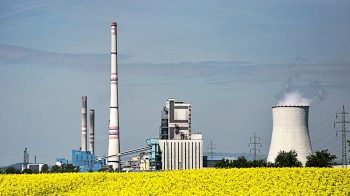
The global crop protection chemicals market size is geared up for sustained growth, with a projected CAGR of 3.1% set to elevate the market’s value to USD 74.1 billion by 2025. Building on the momentum of a market worth USD 63.7 billion in 2020, this industry is poised to continue playing a crucial role in safeguarding crop health and yield. The crop protection chemicals market is experiencing significant growth, driven by the rising global population and demand for higher crop yields. With a diverse range of products including herbicides, insecticides, and fungicides, the market is expected to continue its upward trajectory, providing opportunities for industry players to innovate and excel. As the demand for reliable and innovative crop protection solutions intensifies, stakeholders in this market will have ample opportunities to leverage emerging technologies and address the evolving needs of farmers and consumers alike.
The crop protection chemicals market is influenced by a variety of factors, including:
- Environmental regulations: Governments and regulatory bodies impose regulations on the use of pesticides and other crop protection chemicals to ensure they are safe for humans and the environment. These regulations can impact the availability and cost of these chemicals.
- Crop diseases and pests: Crop diseases and pests can cause significant damage to crops, leading to reduced yields and profits for farmers. As a result, there is a high demand for effective crop protection chemicals that can control these problems.
- Technological advancements: Advances in technology have led to the development of new and more effective crop protection chemicals. These advancements have also improved the efficiency of the production process, reducing the cost of these chemicals.
- Economic conditions: The demand for crop protection chemicals is closely tied to economic conditions. When economic conditions are favorable, farmers are more likely to invest in crop protection chemicals to increase their yields and profits.
- Shift towards sustainable agriculture: There is a growing trend towards sustainable agriculture practices that reduce the use of synthetic chemicals. This has led to an increased demand for biological and organic crop protection products.
- Farm consolidation: As farm sizes increase, there is a greater need for larger quantities of crop protection chemicals. This can lead to economies of scale and reduced prices for these chemicals.
- Globalization: The crop protection chemicals market is a global market, and international trade agreements and regulations can impact the availability and cost of these chemicals in different regions of the world.
